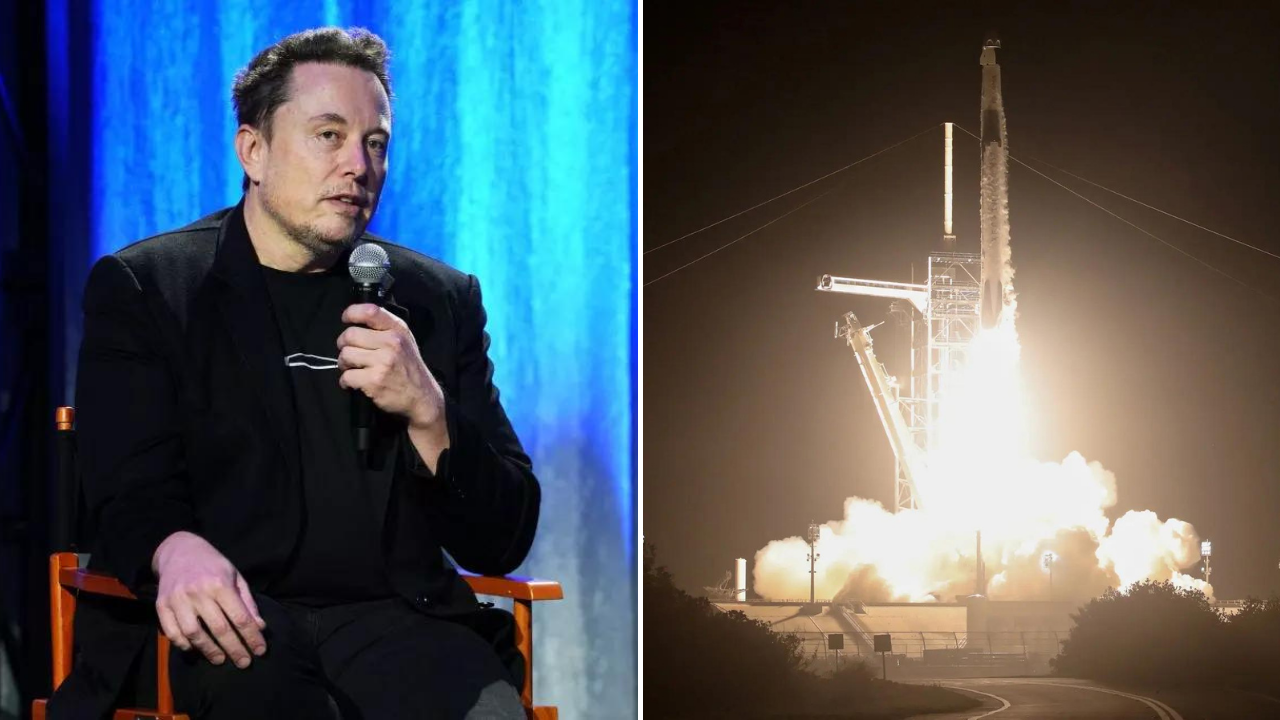Musk outlined the timeline for SpaceX’s ambitious Mars plan: if the uncrewed landings are successful, crewed missions could follow in four years, potentially making human travel to Mars a reality by 2030.The company aims to dramatically increase the frequency of flights thereafter, with the ultimate goal of establishing a self-sustaining city on Mars within 20 years. Musk believes that becoming a multiplanetary species will significantly enhance the longevity of human consciousness.
SpaceX’s Starship project features a fully reusable rocket system designed for both crew and cargo missions to Earth orbit, the Moon, Mars, and beyond. Standing at 400 feet tall, the Starship is the most powerful rocket ever built, generating 16.7 million pounds of thrust—nearly twice that of NASA’s Space Launch System used for the Artemis Moon program. The spacecraft aims to enter Mars’ atmosphere at a speed of 7.5 kilometers per second and decelerate aerodynamically. While the vehicle’s heat shield is built for multiple entries, some wear and tear is expected due to the high temperatures experienced during atmospheric entry.
Replying to a post by Bill Ackman, Musk also talked the economic challenges of making interplanetary travel feasible. Currently, transporting a ton of payload to Mars costs around a billion dollars, but SpaceX aims to reduce this cost to $100,000 per ton to support the development of a self-sustaining city. Musk acknowledged that achieving this will be a significant technological challenge but remains confident in its possibility.
